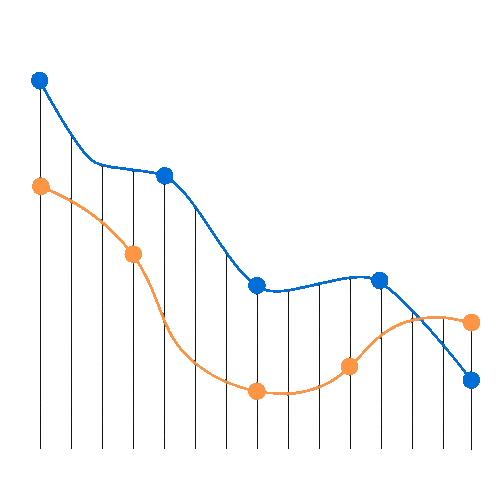CJA Innovation Day
How to Support a "High Risk" Pretrial Population
Hosted by New York City Criminal Justice Agency (CJA) with support from Arnold Ventures
Tuesday, October 14, 2025
New York City
FPWA Conference Center


About Innovation Day
One of the most pressing challenges in pretrial policy is implementing effective supervision models for individuals who are frequently arrested and released. This small group of individuals cause disproportionate harm to local communities and tend to dominate the political discussion about criminal justice reform.
The challenge of addressing individuals at high-risk of committing a new violent offense or coming through the system repeatedly is not abstract; CJA is currently confronting difficult questions about whether and how to build new types of pretrial interventions to meet this challenge.
In January 2024, CJA was one of two Supervised Release providers in New York City tasked by the Mayor’s Office of Criminal Justice (MOCJ) with designing and implementing a new pilot program called Intensive Case Management (ICM).
This pilot is meant to identify and serve a subset of arrested people who are persistently engaged in the criminal legal system and at a high-risk of failing to appear for a court date.
This convening will focus on the challenge of changing the trajectory of criminal system involvement for these individuals. The day-long discussion will explore whether a more intensive, wraparound model of supervised release can increase court appearance rates, lower rearrest rates and/or provide more stability for this population in the longer term, along with what strategies/interventions can be built and tested to address this challenge.
CJA’s Innovation Day is invite-only and invitations are non-transferrable.
Program Preview
Defining Risk
This session will open with a foundational discussion about what “risk” means in the pretrial context. While the term is widely used, it often lacks precision and consistency. Participants will explore how jurisdictions define and weigh different types of risk—such as the likelihood of failing to appear in court, being rearrested pretrial, or committing a new violent offense. Topics will include:
-
Whether all types of risk should be treated equally or prioritized differently
-
What we mean by “high-risk”
-
How long should the risk period be (pretrial only or beyond)
-
Whether systems should focus on reducing the frequency, severity, or specific types of behaviors
This session aims to build shared understanding of how risk is defined, framed, and prioritized for pretrial decision-making.
Identifying Risk
Once risk is defined, the next challenge is determining how to measure it and identify who meets the “high-risk” criteria in practice. This session will explore how jurisdictions currently measure various forms of risk and isolate high-risk populations. Key examples will include:
-
Efforts to use quantitative data—such as court and criminal history involvement—to identify various types of risk
-
Criteria used to identify “high-risk” populations for programs, interventions, or consideration for detention
The discussion will be grounded in practical experience and informed by current practices in the field.
Current Interventions
This session will review what’s already being done to support individuals considered high-risk during the pretrial period. Participants will discuss examples of interventions currently in use, such as:
-
NYC’s Intensive Case Management (ICM) pilot and its design features
-
Programs such as READI (Rapid Employment and Development Initiative), cognitive behavioral therapy (CBT)-based services, and other structured interventions
-
Early lessons from implementation, including issues of capacity, engagement, and outcomes
This session will help ground the day’s discussion in current practice and clarify what is working—and what gaps remain.
Proposed Interventions
This final and most forward-looking session will focus on potential new strategies that could be designed, tested, or scaled to better serve high-risk populations. Building on the day’s earlier sessions, participants will explore:
-
What types of support—behavioral, social, economic—may be necessary to change outcomes for this group
-
The role of CBT, employment programs, housing support, and other evidence-informed approaches
-
What we still need to learn, and how to design pilots or evaluations to assess impact
-
A discussion of what realistic expectations look like for this population, and whether there are limits to what pretrial agencies should attempt in seeking to serve high-risk populations
This collaborative session will identify promising directions for future investment, innovation, and study.




